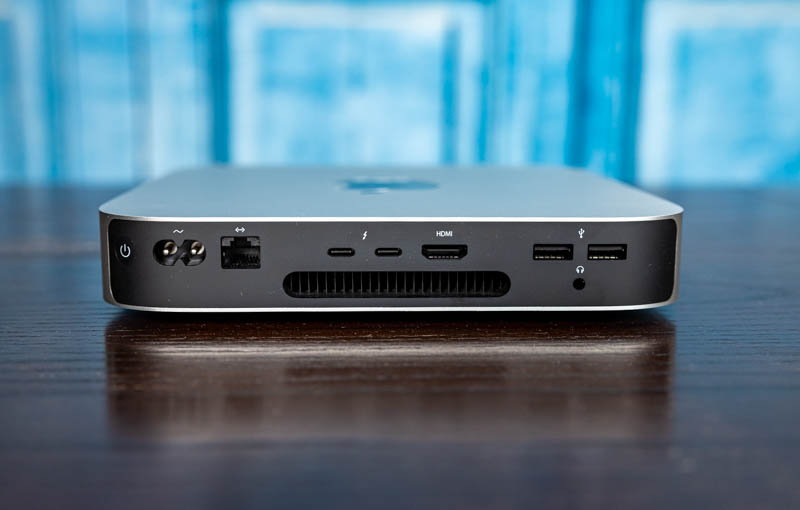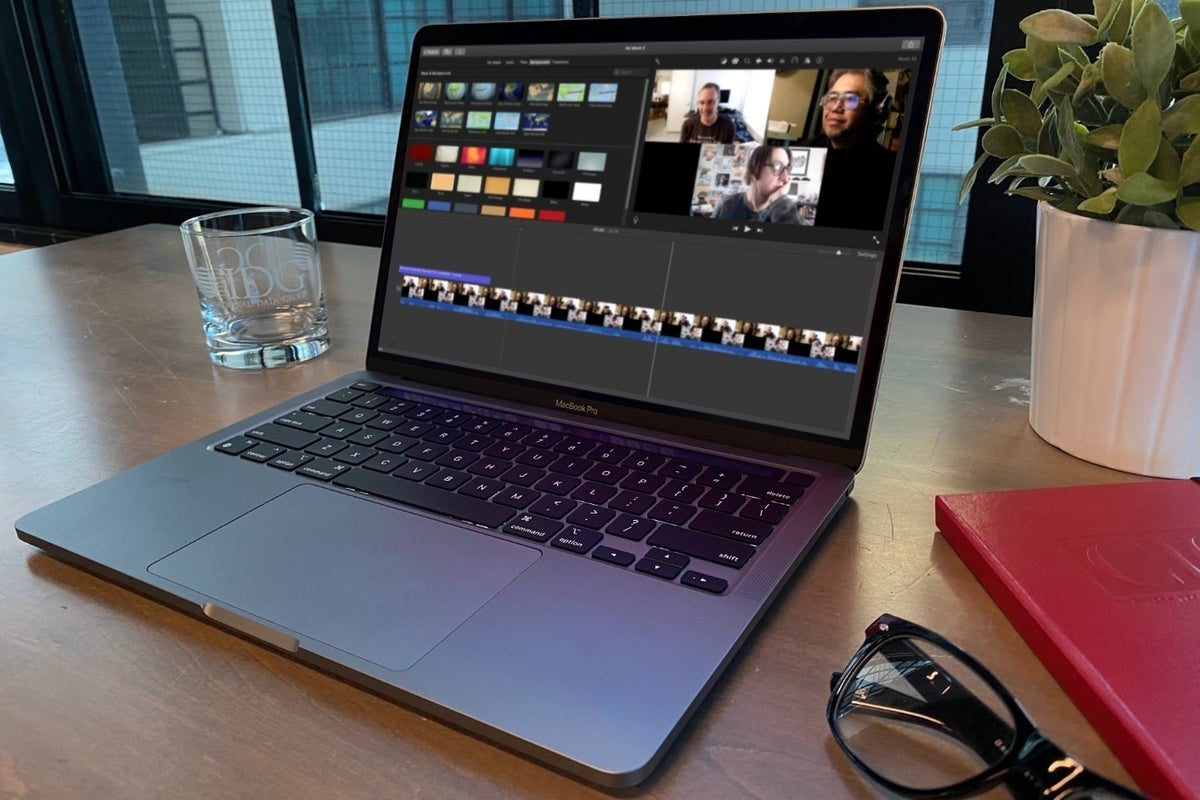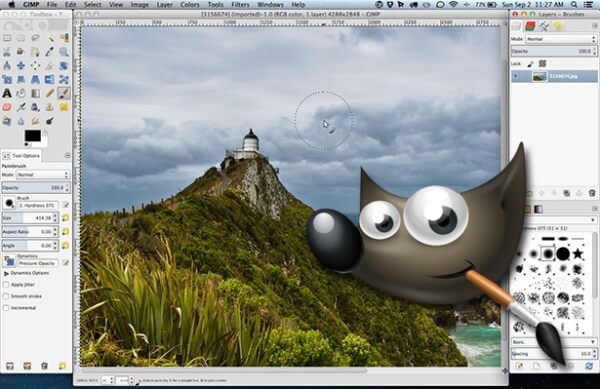
#Gimpmac m1 how to
Here are the steps on how to completely remove GIMP from Mac:

Additionally, it allows you to easily change startup programs, remove extensions and change default apps for different types of files. App Cleaner & Uninstaller also finds service files of already removed applications and displays them in the Remaining Files tab.

#Gimpmac m1 mac
How to remove GIMP from Mac using App Cleaner & UninstallerĪpp Cleaner & Uninstaller is a utility that uninstalls applications from Mac with all of its support files.

That’s why we recommend that you uninstall applications with App Cleaner & Uninstaller, which automatically finds all the remaining files and removes applications completely. Since each user might have a different number of remaining files depending on his/her preferences, the period of time he/she used the application and other parameters, it might be not so quick to find all of the support files. Please note, we also recommend checking these folders in the Library for the remaining files: After removing all of the GIMP’s support files, empty your Trash bin and restart your system.~/Library/Saved Application State/-2.10/.savedState.Type ~/Library there and click on Go.Ĭheck the following directories for the GIMP support files: It will open the “Go to Folder” search field. To open this folder in Finder press the Command+Shift+G shortcut. By default, applications store their support files in the hidden folder named Library. Find the GIMP application and move it into the Trash. Open Finder and go to the Applications folder.You can do it right from the Dock panel or go to the GIMP menu and click on Quit GIMP – 2.10. Step-by-step guide.įollow the steps below to remove GIMP 2.10 with its service files from Mac: Below you can have a detailed step-by-step guide on how to find these support files and fully remove the GIMP application from your computer. Remove the GIMP executable file from the Applications folder.Ĭheck the ~/Library folder for the GIMP’s service files and remove all of the leftovers:Īs you can see, the important part of application uninstallation is to find and remove their support files.Here are three main steps on how to completely uninstall GIMP or any other application from Mac:
#Gimpmac m1 manual

In 2014, Apple announced that it would no longer continue to develop its high-end photo editing application, Aperture.


 0 kommentar(er)
0 kommentar(er)
